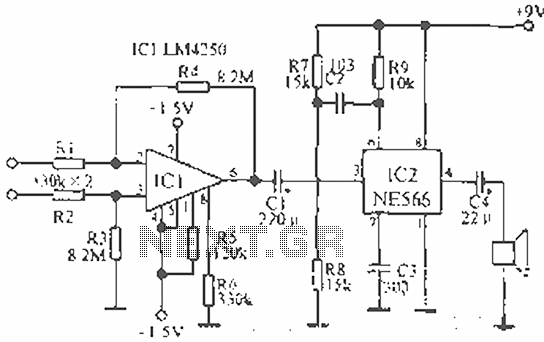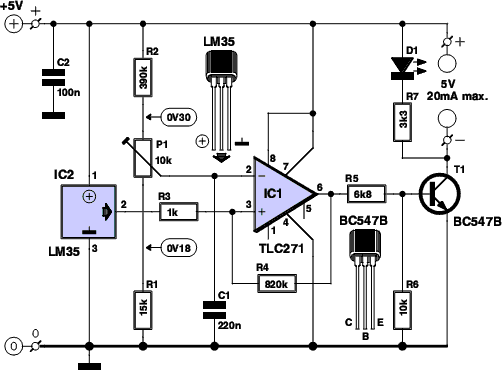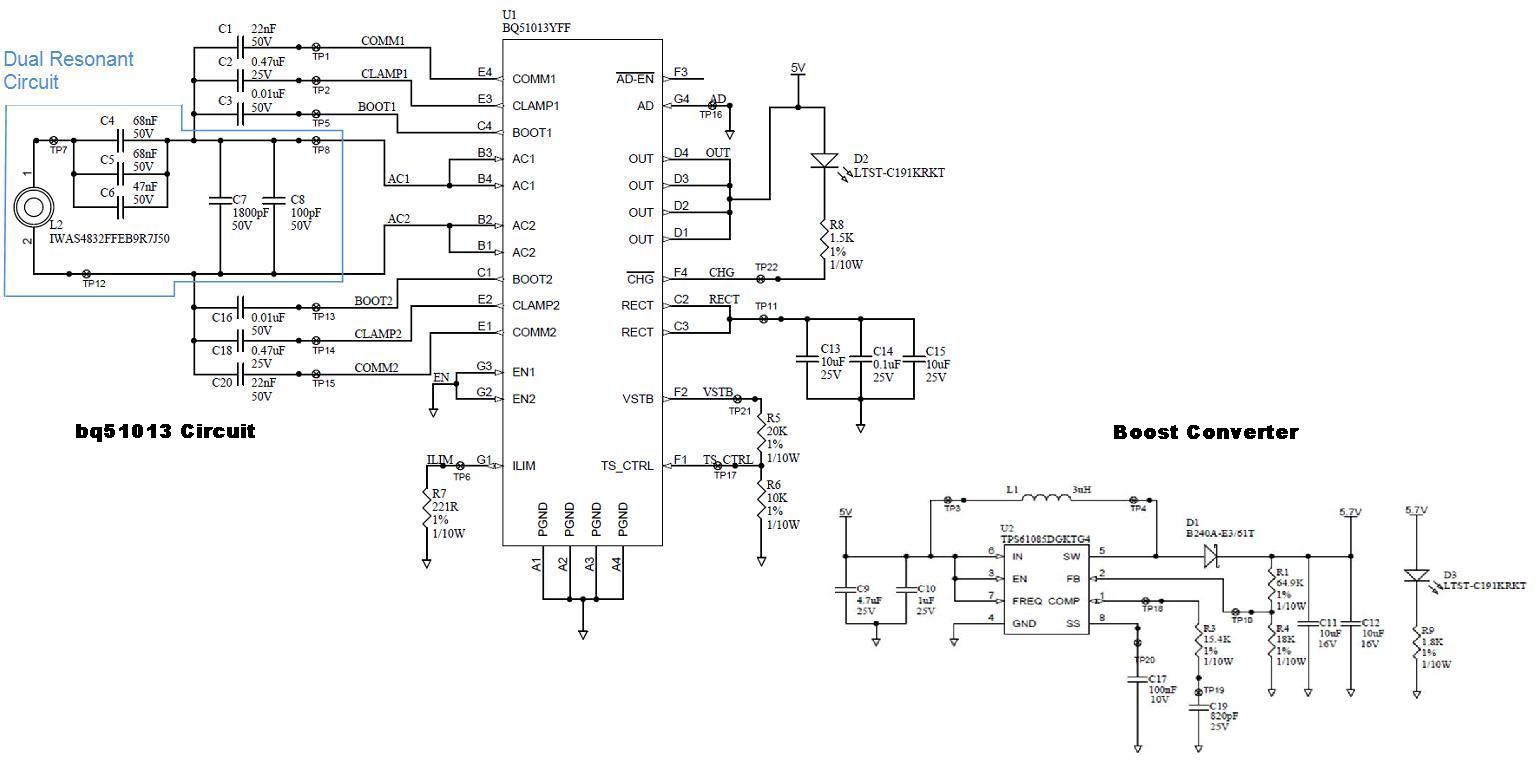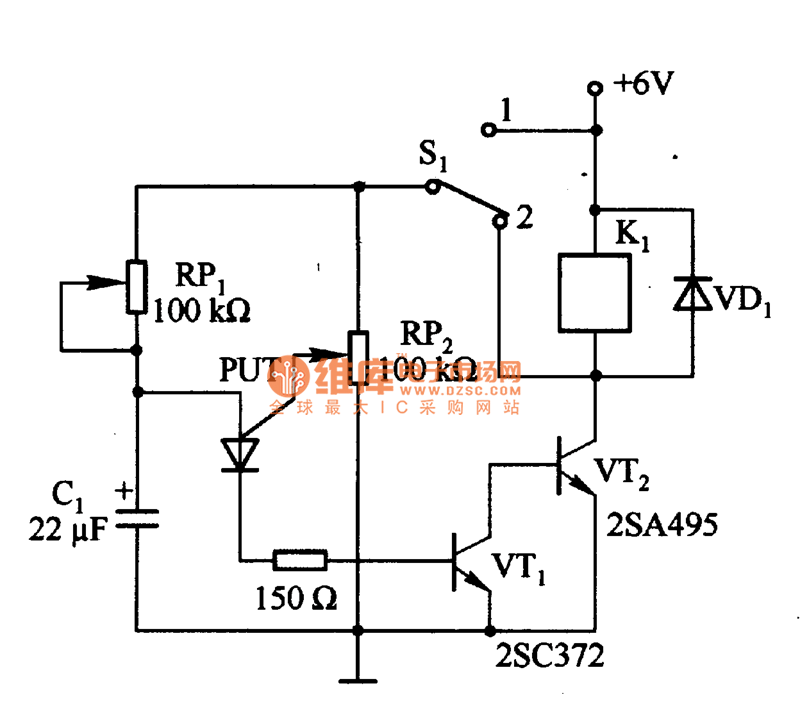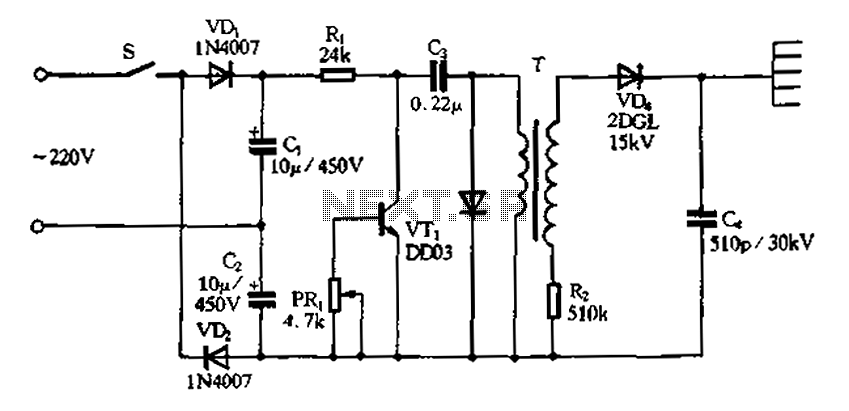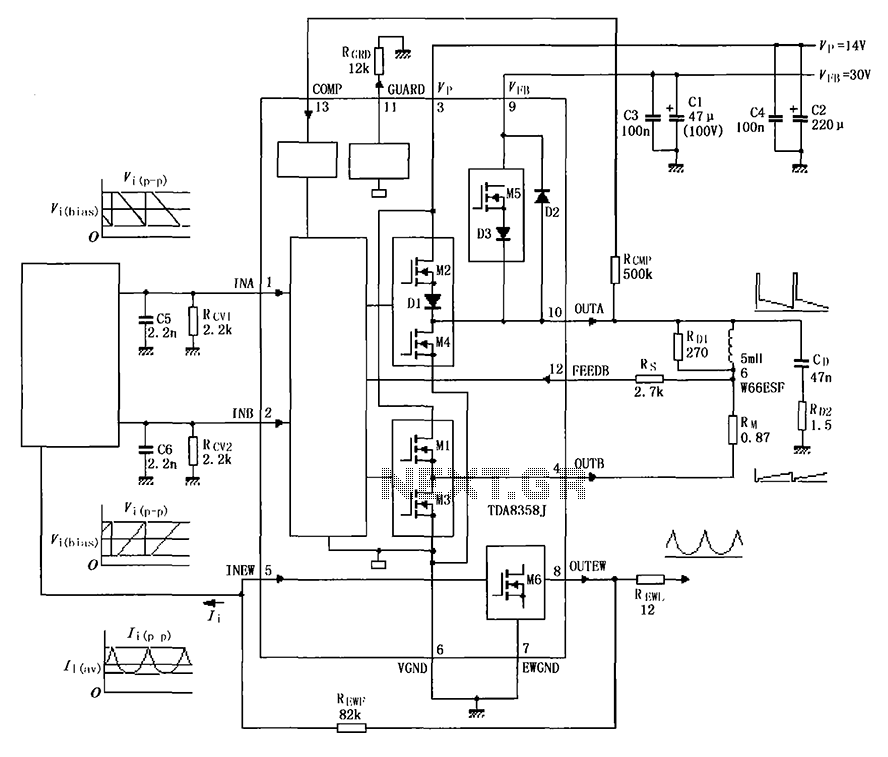
GH-75 type circuit hydrogen atom welder
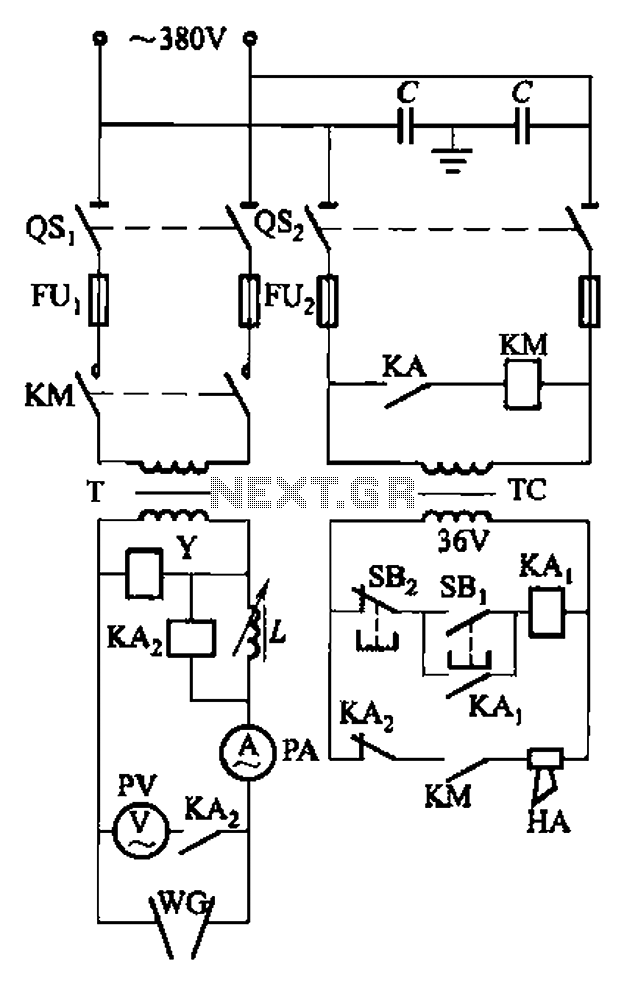
The GH-75 type circuit is a hydrogen atom welder that utilizes hydrogen bonding without melting the workpiece. This process involves the use of a tungsten electrode to generate an electric arc, which effectively welds the workpiece in a hydrogen-protected environment. The welder requires a high voltage power supply, exceeding 300V, to maintain the arc. The secondary no-load voltage of the GH-75 is 300V, while the operating voltage is 100V. It has a rated welding current of 75A, with an adjustable range from 20A to 100A, and a rated output capacity of 22.5 kVA. The welder operates with a duty cycle of 65%, an efficiency of 75%, and a power factor of 0.36. The tungsten electrode diameter ranges from 1.5mm to 3mm. The circuit diagram includes an electromagnetic valve (Y) to control hydrogen flow, an intermediate relay (KA) for welding circuit control, an inductor (L) for current adjustment, and a foot switch (SB2) for disconnecting the welding power supply.
The GH-75 type hydrogen atom welder is designed for precision welding applications where traditional methods may not suffice due to material properties or environmental considerations. The use of hydrogen as a shielding gas allows for a cleaner weld, as it minimizes oxidation and contamination during the welding process. The electric arc generated between the tungsten electrode and the workpiece is critical, as it provides the necessary heat to melt the workpiece without compromising the integrity of the surrounding material.
The high-voltage requirement for initiating and maintaining the arc necessitates a robust power supply capable of delivering consistent performance under varying load conditions. The secondary no-load voltage of 300V indicates that the welder is designed to operate efficiently at this voltage, while the working voltage of 100V ensures that the arc remains stable during operation.
The adjustable welding current range from 20A to 100A allows the operator to tailor the welding parameters to suit different materials and thicknesses, enhancing versatility in applications. The rated output capacity of 22.5 kVA signifies the welder's ability to handle substantial workloads while maintaining a duty cycle of 65%, which is indicative of the duration the welder can operate continuously before requiring a cooling period.
The electromagnetic valve plays a crucial role in regulating hydrogen flow, ensuring that the appropriate amount of shielding gas is available at all times. The inclusion of an intermediate relay facilitates the control of the welding circuit, allowing for quick response times and improved safety. The inductor (L) serves to smooth out the welding current, providing a stable output that is essential for high-quality welds.
The foot switch (SB2) adds an element of safety and convenience, allowing the operator to easily disconnect the power supply when not in use, thereby preventing accidental activation. The design of the GH-75 type hydrogen atom welder highlights the importance of integrating advanced features to enhance performance, safety, and user control in modern welding applications.GH-75 type circuit hydrogen atom welder Hydrogen bonding, is not melted by the use of hydrogen in two under the protection between the tungsten electrode WG produce electric arc welding wire in hydrogen melting workpiece weld region under the protection of. Because hydrogen cold arc has a strong effect, so that the arc through difficult welding power supply should be higher than 300V lead the arc voltage. GH-75-type hydrogen atom welder secondary no-load voltage of 300V, working as voltage is 100V, rated welding current 75A, welding current adjustment range 20 ~ 100A, rated output capacity of 22.
5kV. A, rated duty cycle of 65%, 75% efficiency, power factor 0.36, tungsten electrode diameter 1. 5 ~ 3mm. GH-75 type hydrogen atom welder circuit shown in FIG. FIG, the electromagnetic valve Y is turned on and off to control the hydrogen used; intermediate relay KAz continue to control the welding circuit; L reactor is used to adjust the welding current; foot switch is used to disconnect SB2 welding power supply.
The GH-75 type hydrogen atom welder is designed for precision welding applications where traditional methods may not suffice due to material properties or environmental considerations. The use of hydrogen as a shielding gas allows for a cleaner weld, as it minimizes oxidation and contamination during the welding process. The electric arc generated between the tungsten electrode and the workpiece is critical, as it provides the necessary heat to melt the workpiece without compromising the integrity of the surrounding material.
The high-voltage requirement for initiating and maintaining the arc necessitates a robust power supply capable of delivering consistent performance under varying load conditions. The secondary no-load voltage of 300V indicates that the welder is designed to operate efficiently at this voltage, while the working voltage of 100V ensures that the arc remains stable during operation.
The adjustable welding current range from 20A to 100A allows the operator to tailor the welding parameters to suit different materials and thicknesses, enhancing versatility in applications. The rated output capacity of 22.5 kVA signifies the welder's ability to handle substantial workloads while maintaining a duty cycle of 65%, which is indicative of the duration the welder can operate continuously before requiring a cooling period.
The electromagnetic valve plays a crucial role in regulating hydrogen flow, ensuring that the appropriate amount of shielding gas is available at all times. The inclusion of an intermediate relay facilitates the control of the welding circuit, allowing for quick response times and improved safety. The inductor (L) serves to smooth out the welding current, providing a stable output that is essential for high-quality welds.
The foot switch (SB2) adds an element of safety and convenience, allowing the operator to easily disconnect the power supply when not in use, thereby preventing accidental activation. The design of the GH-75 type hydrogen atom welder highlights the importance of integrating advanced features to enhance performance, safety, and user control in modern welding applications.GH-75 type circuit hydrogen atom welder Hydrogen bonding, is not melted by the use of hydrogen in two under the protection between the tungsten electrode WG produce electric arc welding wire in hydrogen melting workpiece weld region under the protection of. Because hydrogen cold arc has a strong effect, so that the arc through difficult welding power supply should be higher than 300V lead the arc voltage. GH-75-type hydrogen atom welder secondary no-load voltage of 300V, working as voltage is 100V, rated welding current 75A, welding current adjustment range 20 ~ 100A, rated output capacity of 22.
5kV. A, rated duty cycle of 65%, 75% efficiency, power factor 0.36, tungsten electrode diameter 1. 5 ~ 3mm. GH-75 type hydrogen atom welder circuit shown in FIG. FIG, the electromagnetic valve Y is turned on and off to control the hydrogen used; intermediate relay KAz continue to control the welding circuit; L reactor is used to adjust the welding current; foot switch is used to disconnect SB2 welding power supply.
Warning: include(partials/cookie-banner.php): Failed to open stream: Permission denied in /var/www/html/nextgr/view-circuit.php on line 713
Warning: include(): Failed opening 'partials/cookie-banner.php' for inclusion (include_path='.:/usr/share/php') in /var/www/html/nextgr/view-circuit.php on line 713
